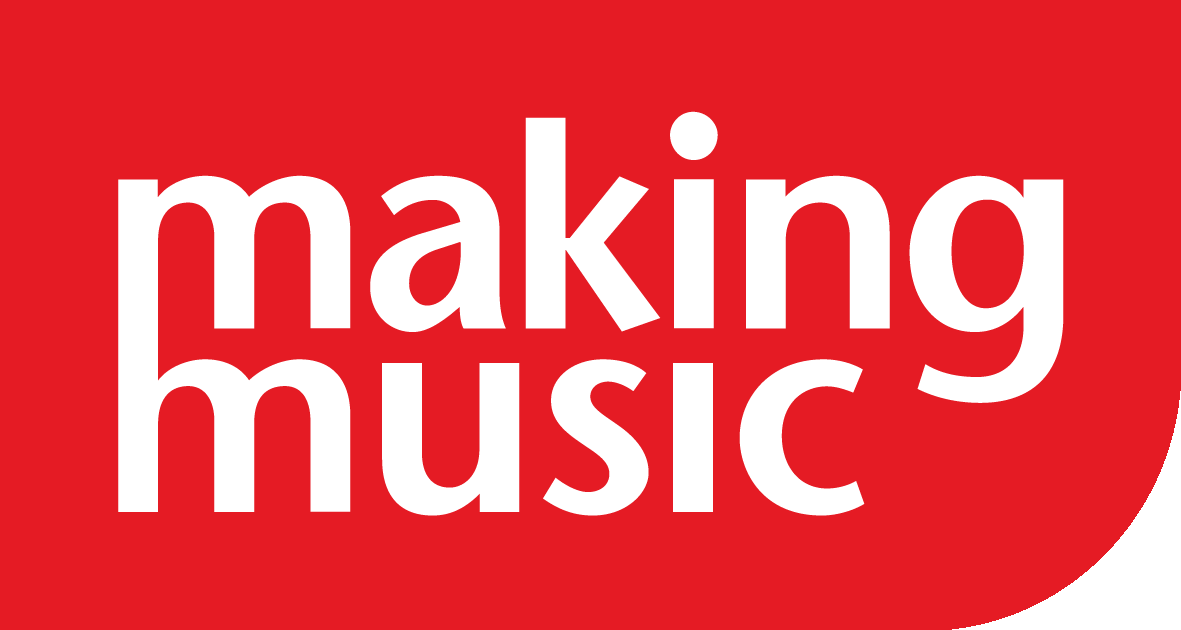Adopting a school (or six!)
Composer Max Charles Davies on the Adopt a Composer scheme, collaborations, the budding of working relationships and positive ebb and flow of ideas.
In my view, the collaborative element of the Adopt a Composer projects is an incredibly important strength. It has been really interesting reading the blog posts of the other composers and groups and learning how the various collaborations are taking shape, and how these partnerships are so much more than a composer simply writing a piece for a group to perform.
I’d like to take the opportunity here to reflect on the collaborative dialogue between Côr Crymych a'r Cylch and myself, and how the final shape of our Adopt a Composer piece has developed as a result.
There are several head teachers in the choir, between them looking after a total of six local primary schools. Angharad suggested early on that we should involve school children in the project, and I wholeheartedly agreed.
We began considering the final shape of the piece and decided that the opening and closing movements should be elaborate aural tapestries that somehow articulates everything about Pembrokeshire that its inhabitants – children and adults alike – love. Thus, it will be many voices singing from an individual perspective, contributing to a complex, buzzing and resonant whole that eventually finds common ground, and a harmonious unity. We had workshopped something similar back in January, but this version will allow for more individual creative input from members of the choir.
As for the school children, we’ve managed to visit two of the six schools (the other four we will visit in early September – one headteacher even commented that September and October are the quietest of the year!), and workshopped material that they had composed - we had everything from sound effects to rap to recitation to sung verse – both days were glorious, and the children were brilliant.
Rather than have the children perform, though, what I thought might be interesting would be to record them, and then layer the recordings up as a backdrop to the choir singing, possibly even randomizing them. Thinking ahead, this could be adapted for other performing groups, who could record their own snippets about their localities and the apply the patch to that group of recordings. We’ll see!
So, the textual material for the opening and last movements is an ongoing endeavor. I’m very excited to receive many more contributions between now and the end of September that I can weave into the first and final movements.

